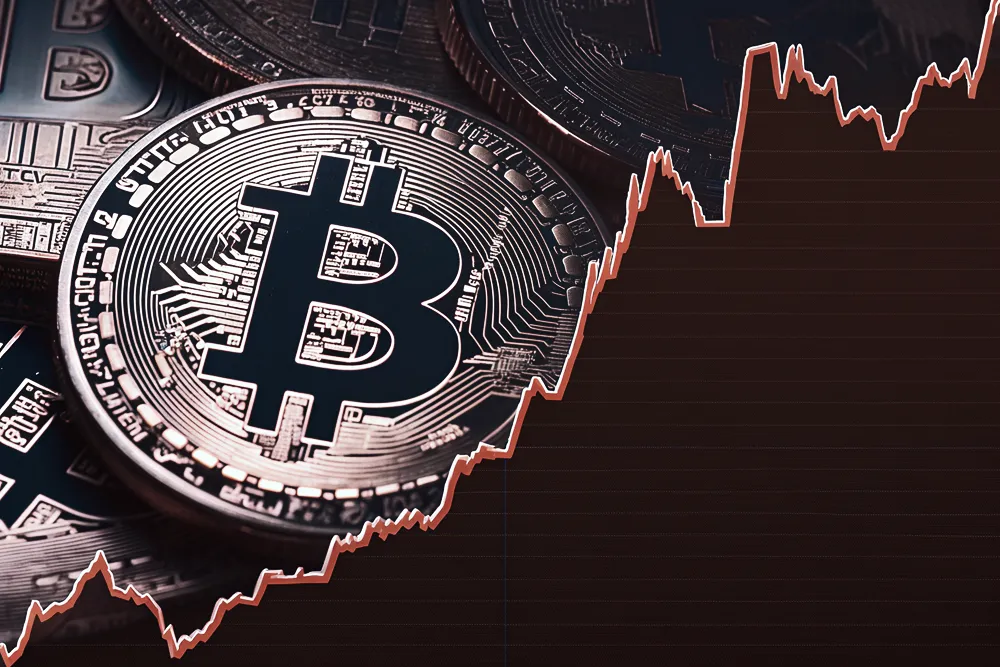Event Review 📝
Recently, the ETH market has experienced a wave of severe volatility. Starting around 23:30, various funds have been fluctuating: from institutions and whales offloading large amounts, to forced liquidations of leveraged accounts, and then to the breach of technical support levels, market sentiment quickly turned gloomy. Some reports indicate that multiple large position adjustments, the liquidation of some whales' long positions, and the withdrawal of liquid funds collectively drove the rapid decline in ETH prices. Meanwhile, the uncertainty of macroeconomic data and expectations of tightening liquidity have also cast significant shadows over the market.
Timeline ⏰
- 23:30: The market began to show selling pressure, with some funds starting to actively offload. FG Nexus sold over 10,000 ETH to raise funds for buybacks, with contract liquidation amounts reaching as high as $185 million, indicating upward risk.
- 23:44: A large whale chose to liquidate approximately 18,517 ETH to avoid liquidation, resulting in a loss of about $25.29 million, clearly signaling selling pressure.
- 23:57: The ETH market experienced a double sharp drop—within 11 minutes, the price fell rapidly from $2979 to $2909 (a drop of 2.37%), and then slid from $2922 to $2878 (a drop of 1.51%), triggering market panic.
- 00:14: Trading data showed that the OKX-ETH/USDT price broke through a key support level, falling to $2893.97, confirming the loss of technical support.
- 00:20: Another whale (address 0x4ed0) adjusted positions due to circular borrowing, liquidating nearly 18,518 ETH at an average of $3046 to repay debts, further intensifying downward pressure on the market.
- 00:24: As technical selling signals continued to trigger, ETH broke below the $2900 mark, with buying pressure weakening sharply, further dampening market sentiment.
- 00:26–00:27: The 25x long position of high-leverage trader "Maji Brother" faced partial liquidation, accumulating losses exceeding $20 million, exposing the risks of excessive leverage.
- 00:36: The market temporarily halted its decline, with the latest transaction price of ETH falling to about $2882.46, but the volatile process has cast a heavy shadow over the market.
Reason Analysis 🔍
The significant market volatility is not coincidental, primarily stemming from the following two core reasons:
- Macroeconomic and Policy Uncertainty
- Adjustments in U.S. government and employment data, including the cancellation of the October employment report, have raised doubts about the authenticity of economic data and future policy directions.
- The Federal Reserve's internal minutes and statements from some officials indicate a decline in interest rate cut expectations, with inflation remaining stubborn, coupled with tightening funds in some non-traditional asset markets, leading to tighter liquidity and a spread of risk aversion sentiment in the market.
- Institutional and Large Holder Fund Exits and Technical Selling
- Large market sell orders have frequently appeared, with whales and institutions gradually transferring large positions to platforms or directly liquidating, triggering automatic liquidations and secondary selling pressure.
- Leveraged trading accounts have frequently been liquidated (such as "Maji Brother's" 25x position), further exacerbating the market downturn and causing technical support levels to be continuously breached.
- The ETF and net outflow data used by some institutions also reflect the increasingly severe selling pressure in the overall market, with funds continuously flowing out, accelerating the downward process.
Technical Analysis 📊
Based on the 45-minute candlestick chart data of Binance USDT perpetual contracts, the current ETH market shows clear bearish signals from a technical perspective:
- RSI Indicator: Has fallen below the 30 range, entering an oversold state, indicating that buying attempts have been made in the short term, but selling pressure remains strong.
- Bollinger Bands Situation: The transaction price is running along the lower Bollinger Band, indicating that the market is in a state of panic selling, with strong signals.
- Moving Average Arrangement: The price is below MA5, MA10, MA20, and MA50, and the moving averages are in a bearish arrangement, with the EMA series also showing a strong downward trend, confirming a strong bearish sentiment in the short term.
- Volume Analysis: Trading volume surged (107.84% higher than the average level in the short term), indicating that a large amount of capital is eager to exit in panic; at the same time, the net outflow of $100 million from the main force also corroborates the continuous withdrawal of institutional funds.
- Other Technical Indicators: The J value is extremely oversold, OBV has broken previous lows, and the continuous appearance of inverted hammer and black three soldiers candlestick patterns all suggest that there may be a chance for a short-term reversal, but the premise is that buying pressure can quickly intervene to repair sentiment.
Market Outlook 🚀
In the short term, ETH prices may seek a rebound in the oversold area, but market sentiment remains fragile. Several risk factors still exist:
- Macroeconomic Trends: If U.S. employment data and Federal Reserve policy signals do not show significant improvement in the future, and liquidity remains tight, ETH may continue to face pressure.
- Capital Dynamics: Whether large holders and institutional funds can buy on dips, and whether effective support can be formed after leveraged liquidations, still needs to be observed in terms of capital flow.
- Technical Support: If the price can stabilize in the "$2880" range and show divergence rebound signals in technical indicators, there may be local improvements in the short term, but if it continues to break below key support levels, the risks will further increase.
Investors need to remain highly vigilant, paying attention to further changes in policy and global economic data, while looking for opportunities to accumulate positions on dips based on technical analysis. The current volatility is extreme, and emotions are heightened; therefore, risk control should be more cautious, with reasonable position allocation to avoid chasing highs or heavy operations during extreme market sentiment.
Overall, after experiencing severe fluctuations, the market may see a technical rebound in the short term, but the overall risk remains high. It is recommended that investors maintain a wait-and-see attitude, continuously monitor deep market changes and macro news dynamics.
免责声明:本文章仅代表作者个人观点,不代表本平台的立场和观点。本文章仅供信息分享,不构成对任何人的任何投资建议。用户与作者之间的任何争议,与本平台无关。如网页中刊载的文章或图片涉及侵权,请提供相关的权利证明和身份证明发送邮件到support@aicoin.com,本平台相关工作人员将会进行核查。



